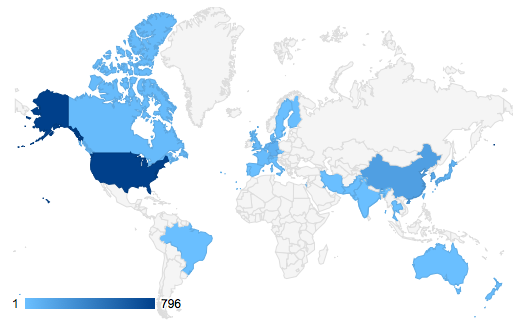Presentation at SPIE Medical Imaging 2019 Workshop
Ken gave a talk on “Status update on photon counting–Imaging scientist’s perspectives” as a part of Workshop, “Detector innovations: From concept to product to clinical outcome” hosted by Physics of Medical Imaging (Conf 10948). It was a very unique workshop with most of participants from industry presenting their views of the current and future detector development as well as what it takes to bring to clinic.
February 17, Sunday. 5:45–7:45 pm. Town & Country Room.
- Rebecca Fahrig, Siemens Healthineers (Germany)–”Driving forces for detector technology”
- Andrew T. Kuhls-Gilcrist, Canon Medical Systems (USA)–”Bridging research and clinic”
- John M. Sabol, GE Healthcare (USA)–”Challenges of adopting new detector technology”
- Ken Taguchi, Johns Hopkins Univ (USA)–”Status update on photon counting”
- Peter D. Olcott, RefleXion Medical (USA)–”Blue Sky”
- Karim S. Karim, KA Imaging (Canada)–”Blue Sky”
